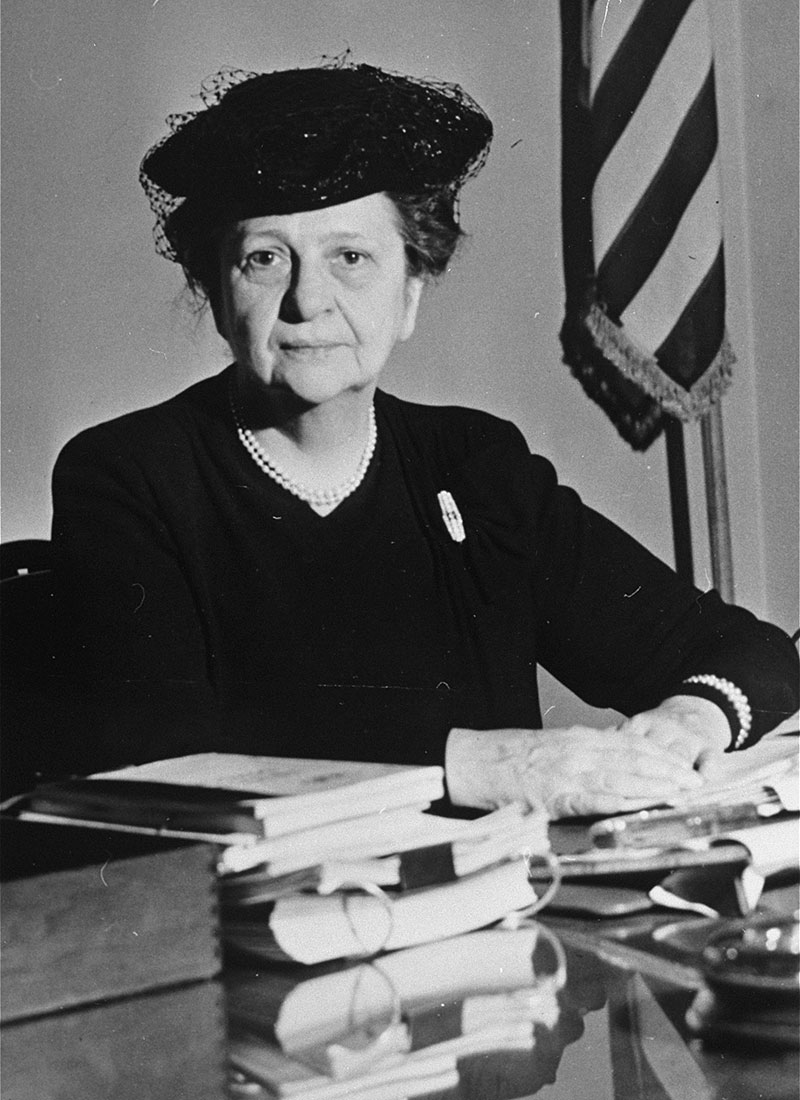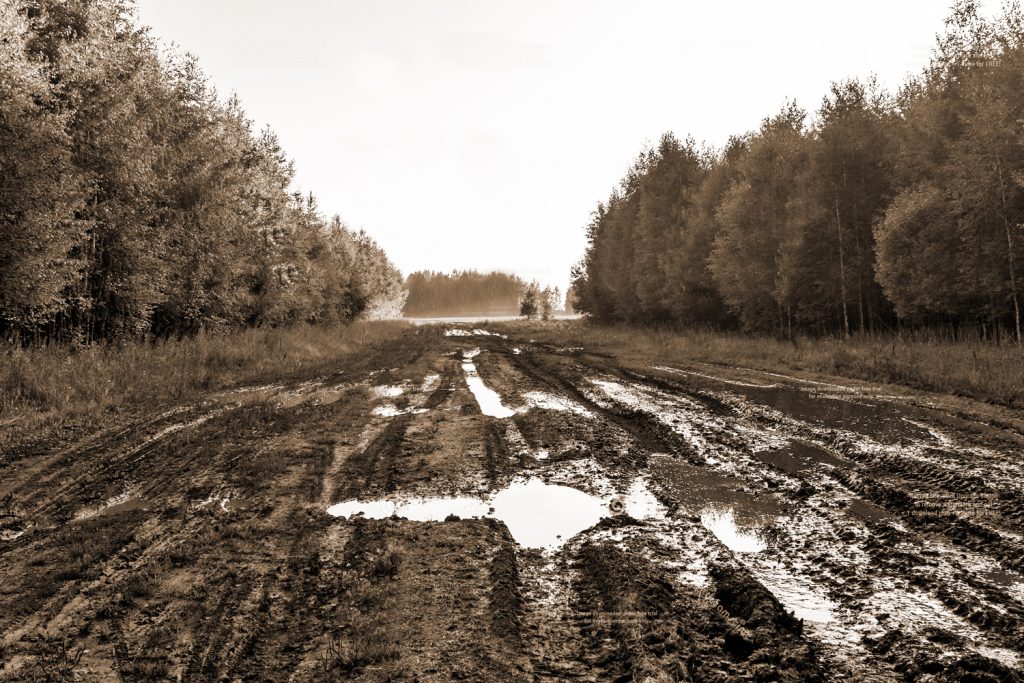It’s budget time in North Yarmouth, and dollars and cents need to be accounted for.
Back in the day our town expenses look very different. Town reports detail how every penny was spent, and how federal dollars were used.

Programs such as the WPA (Works Progress Administration), the CWA [Civil Works Administration], and the CCC (Civilian Conservation Corps) were instituted by Frances Perkins, FDR’s Secretary of Labor, who was a Mainer. Her roots are in Newcastle, Maine, where her homestead is now a National Historic landmark. Perkins has been called “the architect of the New Deal” and was largely responsible for establishing a minimum wage, work-hour limitations, and the Social Security Act.
Federal dollars contributed to the bottom line here in North Yarmouth. For example, in 1935 …
- Charles Dunn and H. L. Fuller were paid with federal money to deliver food to families who desperately need the help.
- CWA funds were used to pay Lester Smith, owner of the general store (now Trudy Bird), for supplies.
- A typewriter was rented for $6.00 for town officials to use.
- Schools were reimbursed by the CWA for supplies — even to pay William Rollins $1.50 to repair a lock on one of the schoolhouses; and to pay Irel Gaudet $3.00 to sharpen tools.
These small sums might seem small, but in 1935, $1.00 was worth $18.00 in today’s money. Every bit of cash was critical for the town, and for farming families who often didn’t have much left over after selling the crops they raised. Men supplemented the family income by hiring out to do town roadwork in the summer and by shoveling or plowing in the winter. A few women worked in the schools at teaching, clerical, or custodial jobs. Cobbling together a living was the norm.

- Browntail moth and Gypsy moth control programs were also funded in part by the WPA in 1939 and 1940. These pests were as much a problem back then as now.

- Importantly, in 1936 and 1937, the town launched a town-wide upgrade of our roads, funded in great part by the WPA. Thirteen town roads that desperately needed work were improved. 3,000 yards of gravel and 600 yards of stone were laid down by crews of fourteen men. Local trucks were leased; gravel, oil, and supplies were purchased from local businesses. This was the beginning of paved roads in town; Routes 115 and part of Route 9 were blacktopped. The cost to the town in total was $388; the state contributed $690, and the WPA contributed $8,820.
By the mid 1940s, most New Deal government programs were discontinued. But North Yarmouth was left with permanent benefit, both public and private. Many people found employment and new professions, and new infrastructure and improvements brought towns like North Yarmouth firmly into the modern age.
The 1930s were perhaps a watershed time for our town. In 1930, only 569 people lived in North Yarmouth, a loss from the decade before—we had been losing population ever since Yarmouth seceded from North Yarmouth in 1849. But the town’s population started gaining by 1940, and in 1950, 1,140 lived here. We have been climbing ever since. Our population is now at 4,000.+